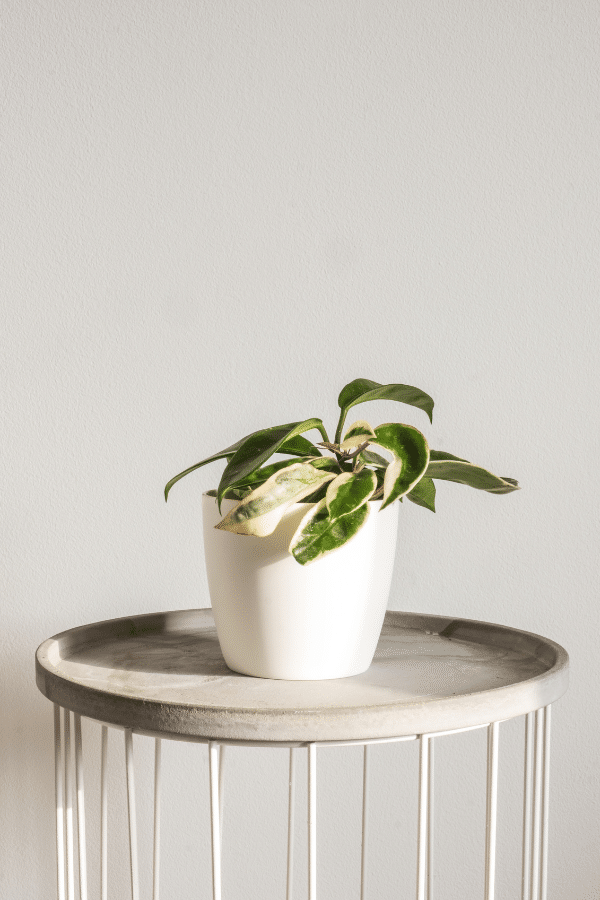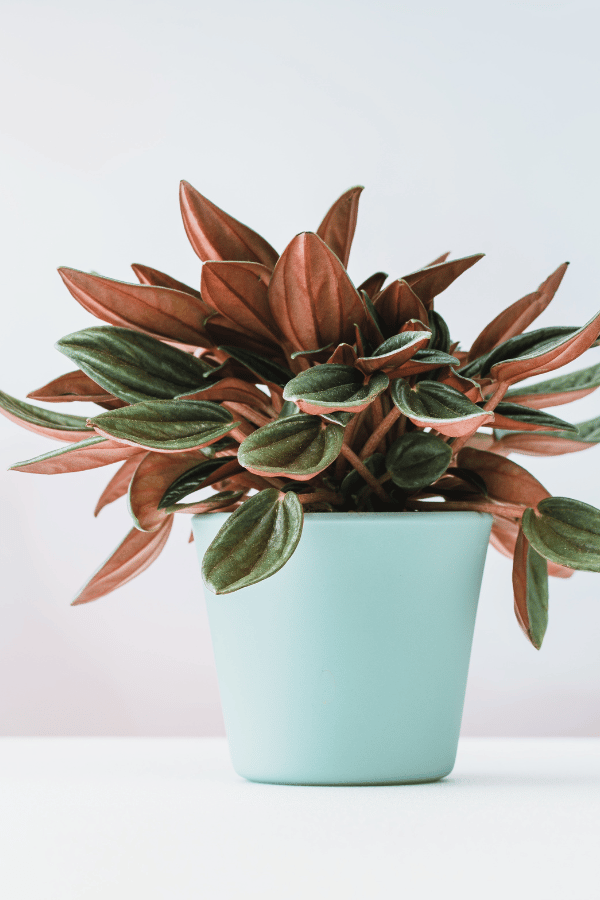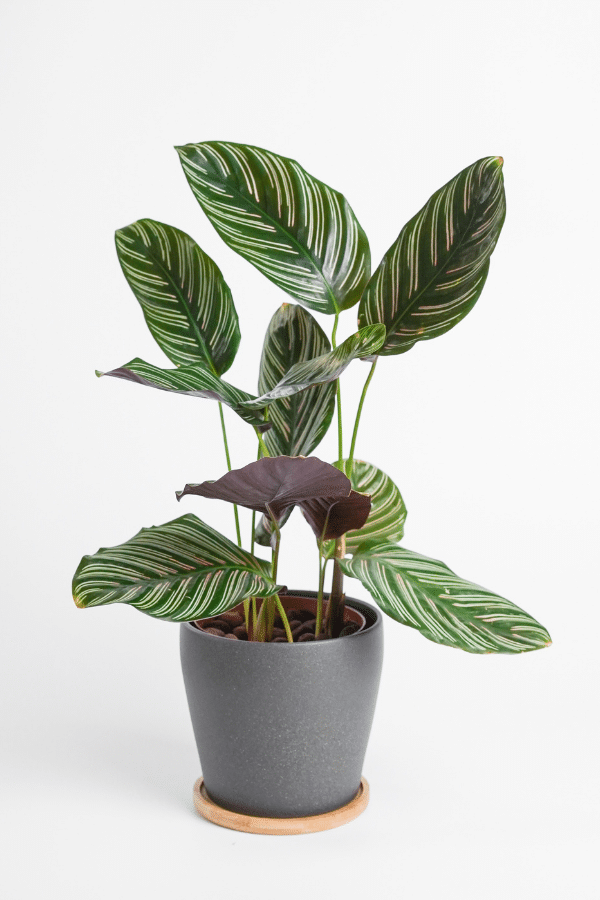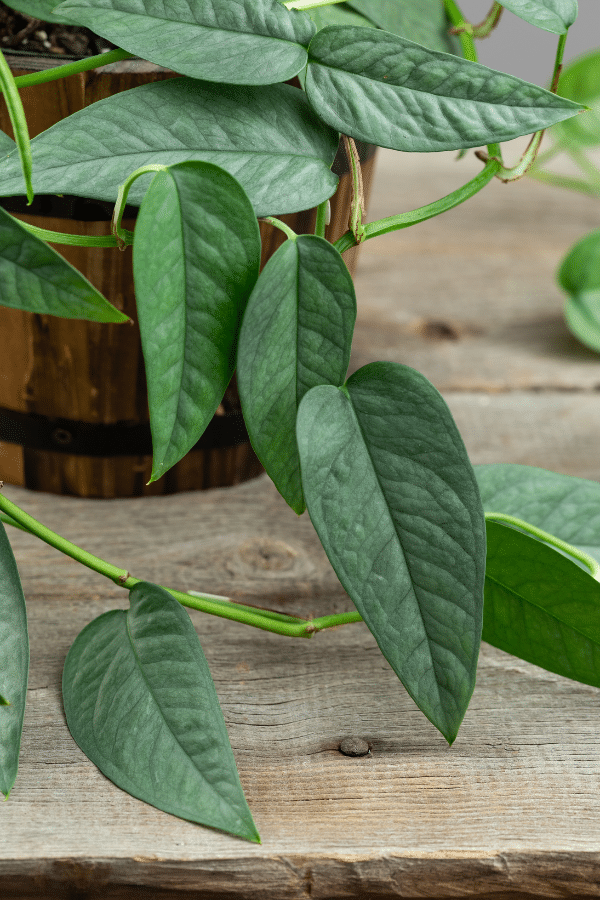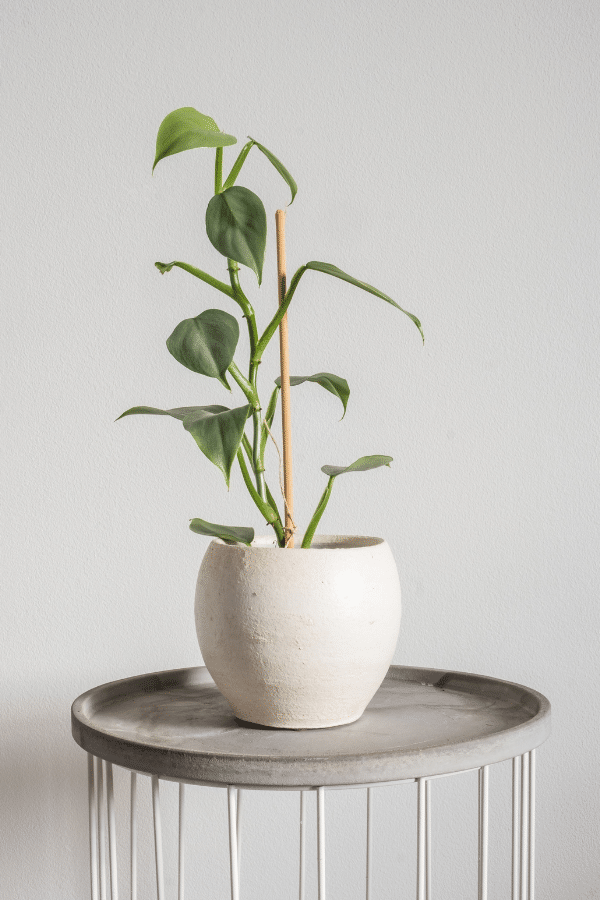Tradescantia Nanouk
Scientific Name: Tradescantia Nanouk
Common Name: Tradescantia Nanouk
Tradescantia Nanouk care is an easy Tradescantia to grow and care for. Originated just a decade ago, in 2012 in the Netherlands, this plant boasts beautiful colored foliage and can bloom.
To give this Tradescantia plant the best care, it requires well-draining soil, allow the top inch of soil to dry out before watering, provide this plant with bright indirect sunlight, temperatures ranging from 60-75F, and high humidity levels.
Quick Care Overview
| Common Name | Tradescantia Nanouk |
| Scientific Name | Tradescantia Nanouk |
| Family | Commelinaceae |
| Origin | Netherlands |
| Growth Rate | Fast |
| Identification | Green, white, purple, and pink striped leaves |
| Height | Up to 2 feet in length |
| Soil | Well-draining soil |
| Water | Water when the top inch of soil has dried out |
| Temperature | 60-75F |
| Sunlight | Bright indirect sunlight |
| Toxic to Cats & Dogs | Yes |
| Toxic to Humans | Yes |
| Pests | Spider mites, mealybugs, scale |
| Diseases | Root rot |
Below we will dive deep into this Tradescantia Nanouk care guide.
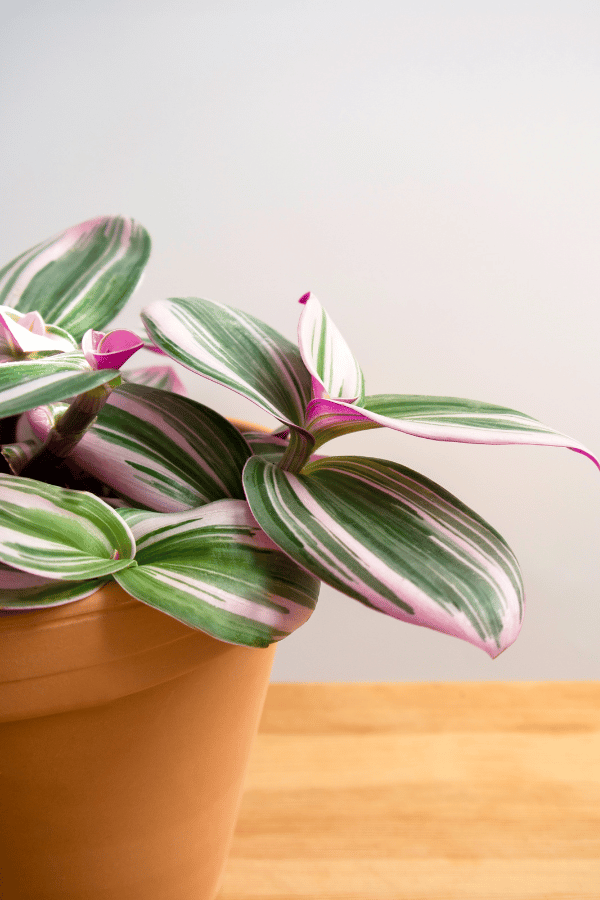
Tradescantia Nanouk History
Tradescantia Albiflora Nanouk, also known as Fantasy Venice, is a trendy, gorgeous spiderwort plant that was bred in the Netherlands in 2012. This vigorous Tradescantia sports pink, purple, white, and green striped patterns and may produce beautiful showy blooms. This trailing plant grows vigorously and is very easy to grow.
Tradescantia Nanouk Identification
Tradescantia Nanouk is a lovely plant with lush, brightly colored, stripes Foliage almost appears to have been hand-painted. Stems are thick and strong and are attached to rounded fuzzy, thick foliage. Blooms appear white and yellow.
Tradescantia Nanouk Growth Facts
This Tradescantia is fast growing and will produce lovely, dense trailing foliage if given enough light.
How Big Does a Tradescantia Nanouk Get?
Tradescantia Nanouk may grow up to 24 inches long.
Tradescantia Nanouk Care
This gorgeous Tradescantia is an attractive trailing plant that will give you years of beautiful foliage if given a little care. Just ensure you provide it with plenty of indirect light and only water your plant when it needs it.
Tradescantia Nanouk Soil
Tradescantia Nanouk likes well-draining, airy soil. A commercial potting mix with incorporations of orchid bark, perlite, and horticultural sand will be perfect for your plant.
Tradescantia Nanouk Fertilizer
As Tradescantia Nanouk is a rapid grower that will benefit from a monthly feeding from a balanced liquid fertilizer during the growing season of spring and summer. Do not feed your plant during fall or winter. Additionally, avoid overfeeding your plant.
Tradescantia Nanouk Watering
You should rewater your Tradescantia after the top inch of soil has dried. During the warm growing season, you will likely need to water your plant around every two weeks. Watering frequency may be reduced in fall and winter.
Tradescantia Nanouk Light Requirements
Your Tradescantia Nanouk will require bright indirect light to be happy. Placing your plant near an east-facing window will be best. If your plant looks leggy or foliage begins to fade, you should attempt to provide your Tradescantia with more light. Alternatively, too much direct sunlight will scorch the foliage of your Tradescantia and begin to turn the foliage of your plant brown.
To keep the beautiful purple-pinkish foliage color, be sure to give it tons of bright indirect light. Too little light will and the new leaves will grow more green than colorful. Tradescantia Nanouk cannot tolerate full sun, so be sure to provide it with some filtered light through a sheer curtain or a few feet away from a window.
Tradescantia Nanouk Temperature & Humidity
Tradescantia Nanouk, being a tropical plant, will grow best if kept in warm temperatures, between 60-75 degrees Fahrenheit. You should not expose your Tradescantia to temperatures below 50 degrees Fahrenheit, as this may be permanently damaging. Additionally, you should keep your plant at a humidity level between 40-60%. If you live in an especially arid environment or if you want to make your plant happy and thriving, you should consider installing a pebble tray or a humidifier.
Repotting Tradescantia Nanouk
You will likely need to report your Tradescantia Nanouk annually. Select a container that is 1-2 inches larger than the previous container. Repotting should be done in early spring. Repot your plant after you see roots coming out of the drainage holes. Repot your plant, refresh the soil, tamp lightly, water thoroughly, and place in indirect light.
Tradescantia Nanouk Maintenance & Pruning
You should prune your Tradescantia periodically by pinching back new growth. Consistent pruning will make your Tradescantia grow denser and bushier. You may use your fingers or sharp, clean shears to prune your Tradescantia.
Tradescantia Nanouk Propagation
You may propagate your Tradescantia Nanouk easily by planting stem cuttings. After pruning your Tradescantia, you may take cuttings and plant them into soil, water, or into the same container to encourage a bushier appearance. If placing in water to root, ensure that you do not submerge the leaves. If rooting in water, you should transplant your cutting(s) in the soil after the roots become about 1″ long. After planting, you should keep the soil moist and place the newly planted cuttings in indirect light.
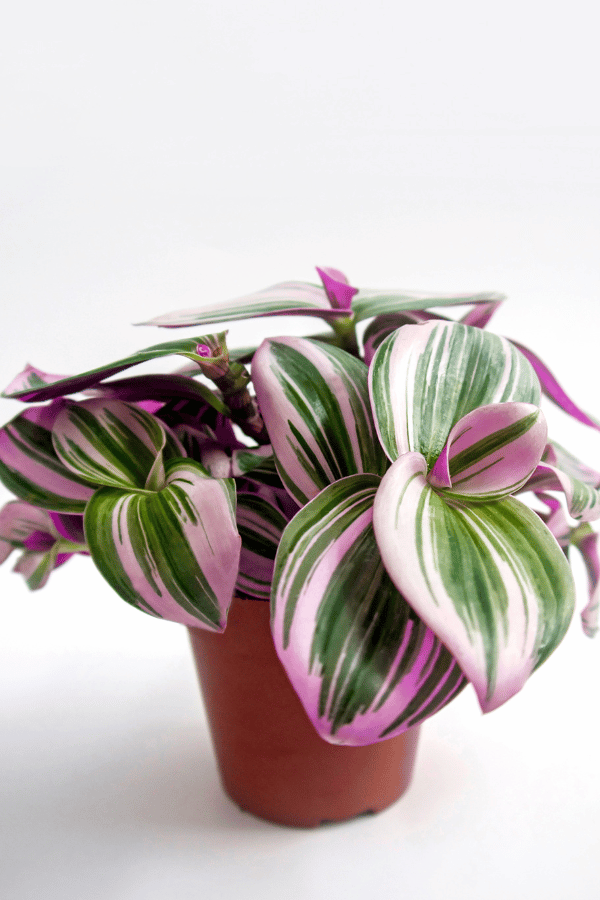
Tradescantia Nanouk Toxicity
Toxicity to Humans
Tradescantia Nanouk is considered toxic to humans and should not be consumed. Keep this plant out of reach of young children and babies.
Toxicity to Cats & Dogs
Unfortunately, Tradescantia Nanouk is considered toxic to cats and dogs. Therefore, you should not allow your pet to consume this plant. If you suspect your pet has consumed any portion of this plant, you should contact your veterinarian or animal poison control.
Tradescantia Nanouk Problems
Tradescantia Nanouk Leaves Turning Yellow
When the foliage of your Tradescantia begins to turn yellow, it is often that you are overwatering your plant.
Tradescantia Nanouk Leaves Turning Brown
Browning of the foliage is likely due to issues related to overwatering or fungal issues. Ensure that you do not overwater your plant or allow your plant to sit in excess water within your plant container’s drainage tray.
Tradescantia Nanouk Diseases
Although Tradescantia Nanouk is not particularly prone to any diseases, it may become susceptible to issues such as root rot or leaf spot. Upon identification of disease, isolate your plant, and treat with a fungicide.
Tradescantia Nanouk Pests
The Tradescantia Nanouk is susceptible to indoor plant pests, such as mealybugs, spider mites, scale, and more. Upon identification of infestation, isolate your plant, and treat it with a pesticide such as insecticidal soap or neem oil.

